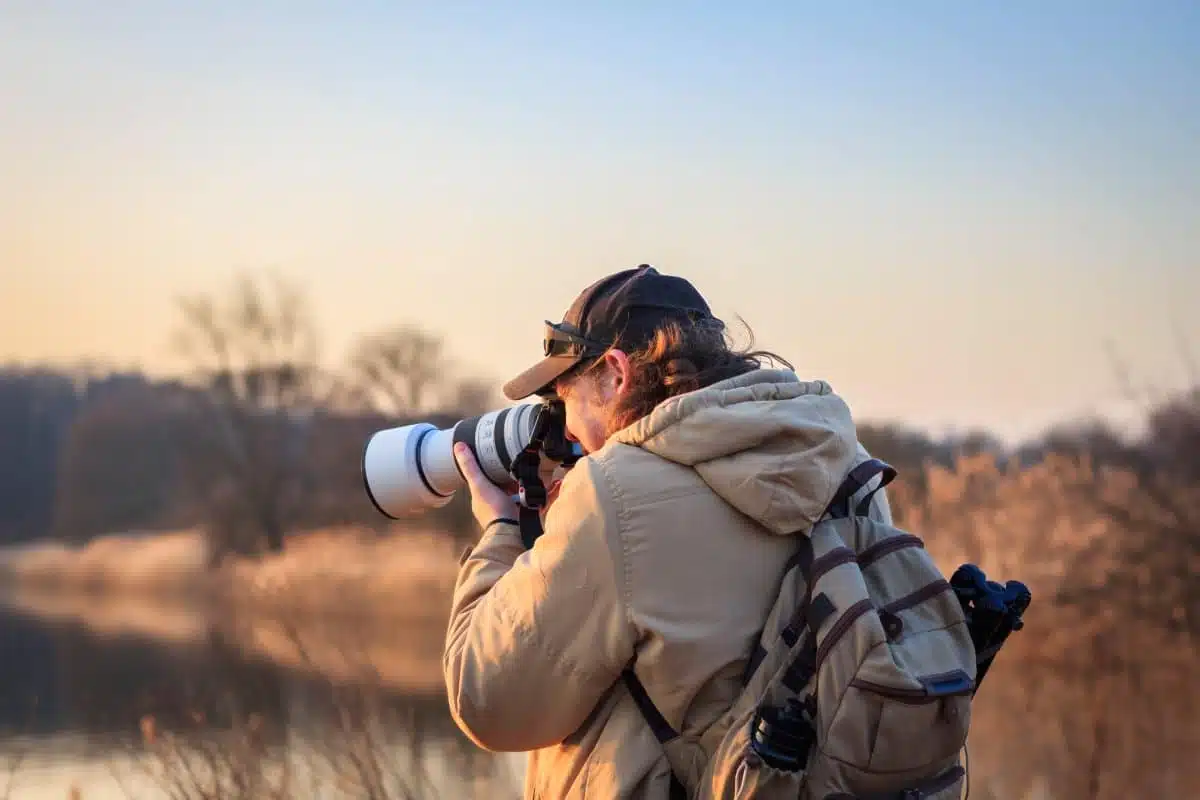Africa, a continent brimming with diverse wildlife and breathtaking landscapes, is a paradise for photographers and nature enthusiasts. Embarking on a safari and wildlife photography tour in Africa is not just about capturing stunning images; it’s an immersive experience that brings you closer to the heart of the wild. The thrill of photographing a lion on the hunt, the elegance of a giraffe against the sunset, or the drama of the great wildebeest migration are moments that every wildlife photographer dreams of.
This guide offers 15 key tips for planning a successful safari and wildlife photography tour in Africa, along with recommendations for some of the continent’s most photogenic destinations. Whether you’re a seasoned photographer or an amateur with a passion for wildlife, these insights will help you prepare for a journey that’s as enriching as it is exciting.
Understand the Best Times for Wildlife Photography

Plan your trip around the best times for wildlife viewing and photography, typically during the dry season when animals congregate around water sources.
Research and Select Reputable Safari Operators

Choose safari operators with expertise in wildlife photography tours, ensuring they understand your specific needs and goals.
Invest in Quality Photography Gear

Bring along high-quality cameras, lenses (telephoto lenses are essential), and stabilizing equipment like tripods or bean bags.
Pack Adequately for Field Conditions
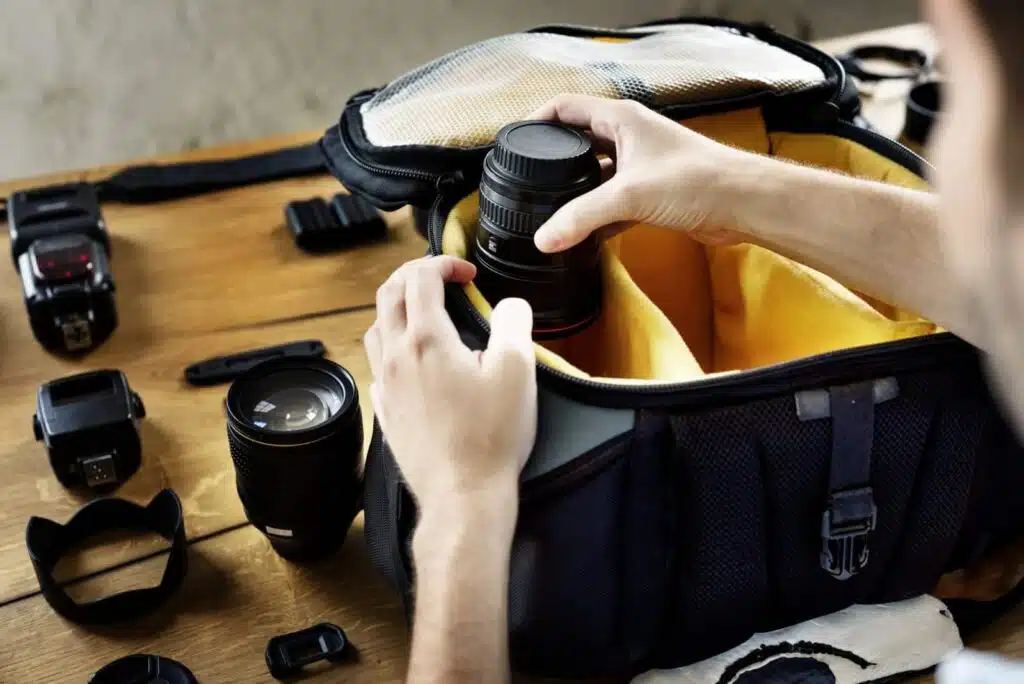
Prepare for varying weather and field conditions by packing protective gear for your equipment, as well as suitable clothing.
Master Your Camera Before You Go

Familiarize yourself with your camera settings and practice shooting in different light conditions and speeds.
Respect Wildlife and Safety Rules
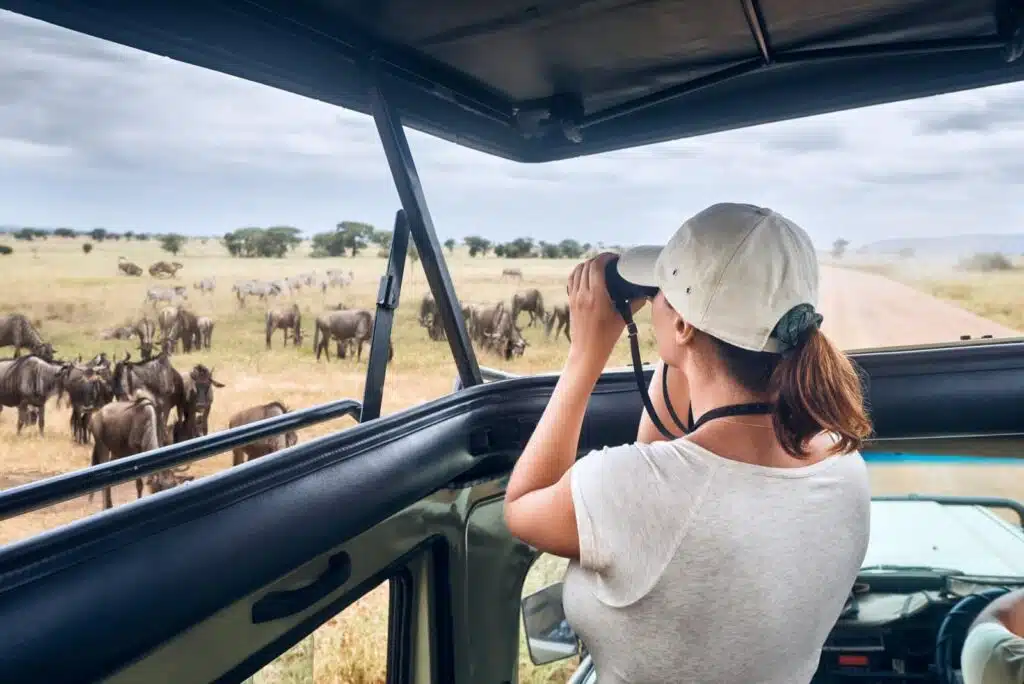
Always maintain a safe and respectful distance from wildlife and adhere to the guidelines provided by your guides.
Learn About the Wildlife
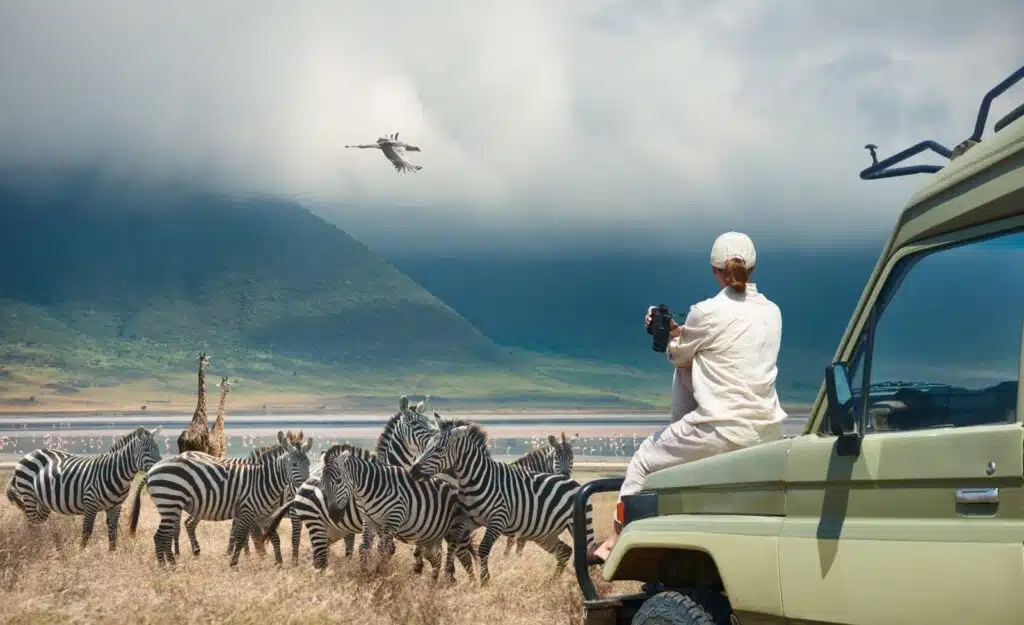
Understanding animal behavior can help you anticipate movements and capture compelling shots.
Be Patient and Persistent
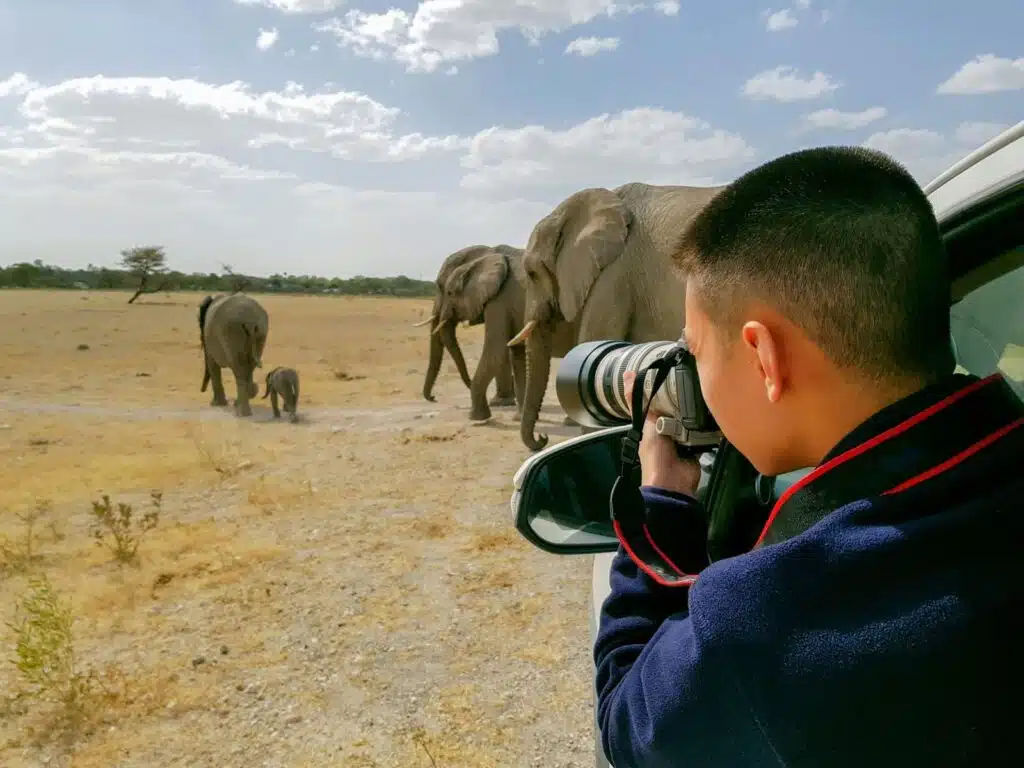
Wildlife photography requires patience. Be prepared to wait for the perfect shot.
Take Advantage of Golden Hours
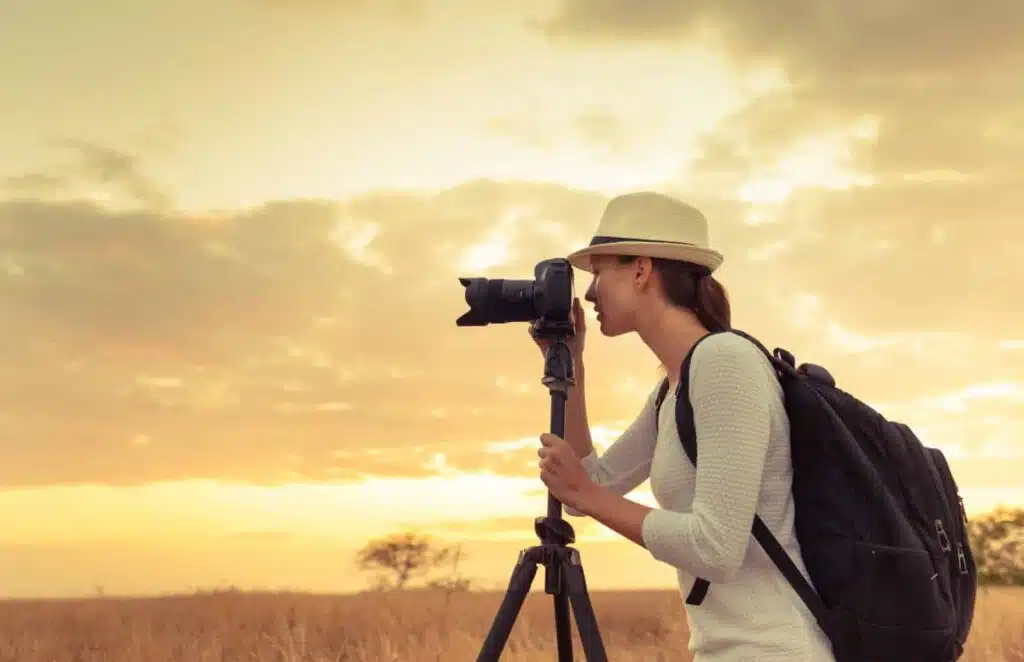
The soft light at sunrise and sunset provides ideal conditions for photography.
Embrace the Entire Experience
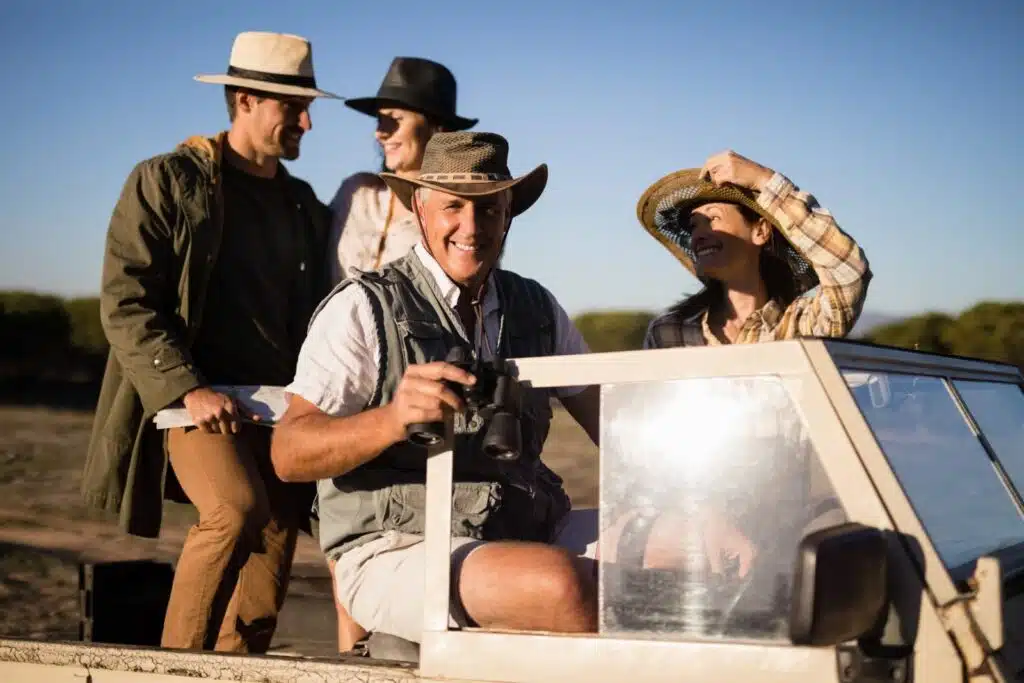
While photography is your focus, remember to absorb and enjoy the overall experience of being in the African wilderness.
Engage With Local Guides
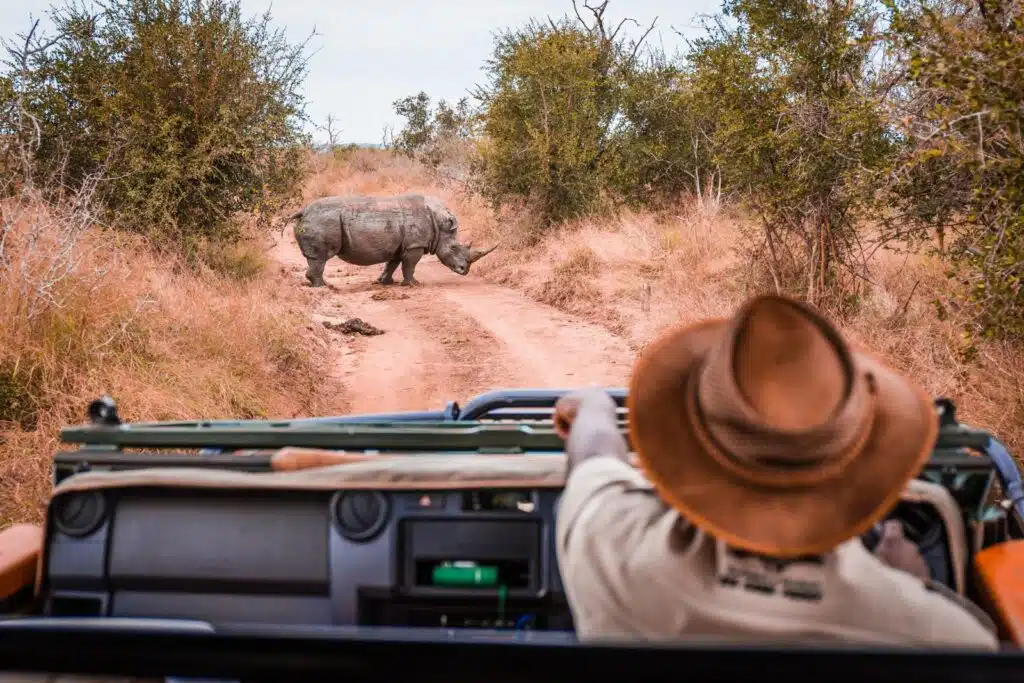
Local guides are invaluable sources of information and can help position you for the best photographic opportunities.
Practice Ethical Photography
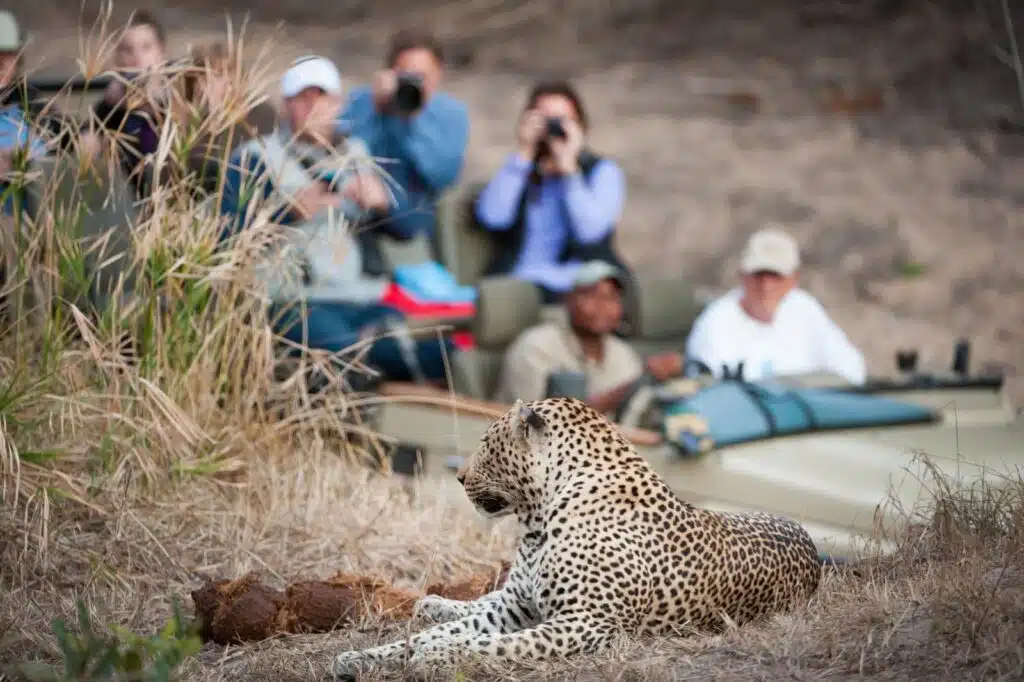
Always prioritize the welfare of the animals and the environment over getting the perfect shot.
Backup Your Photos Regularly

Ensure you have ample storage and backup your photos frequently to prevent data loss.
Consider Photographic Workshops or Tours
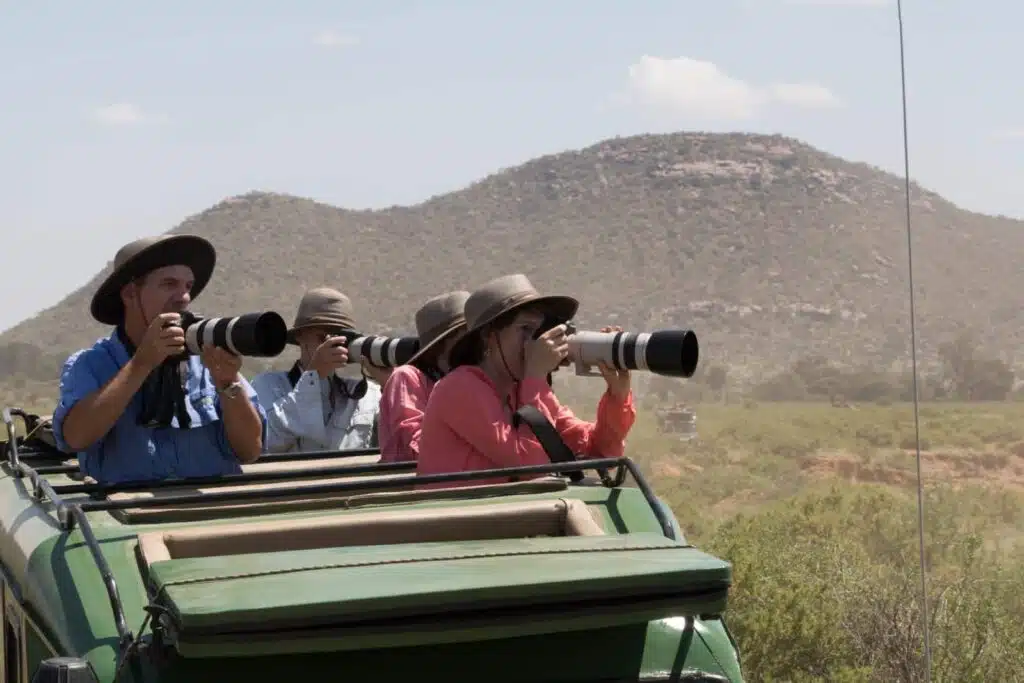
Joining a specialized photographic safari or workshop can provide you with guidance and improve your skills.
Be Ready for Spontaneous Moments

Keep your camera accessible at all times as wildlife encounters can be sudden and unexpected.
Masai Mara, Kenya
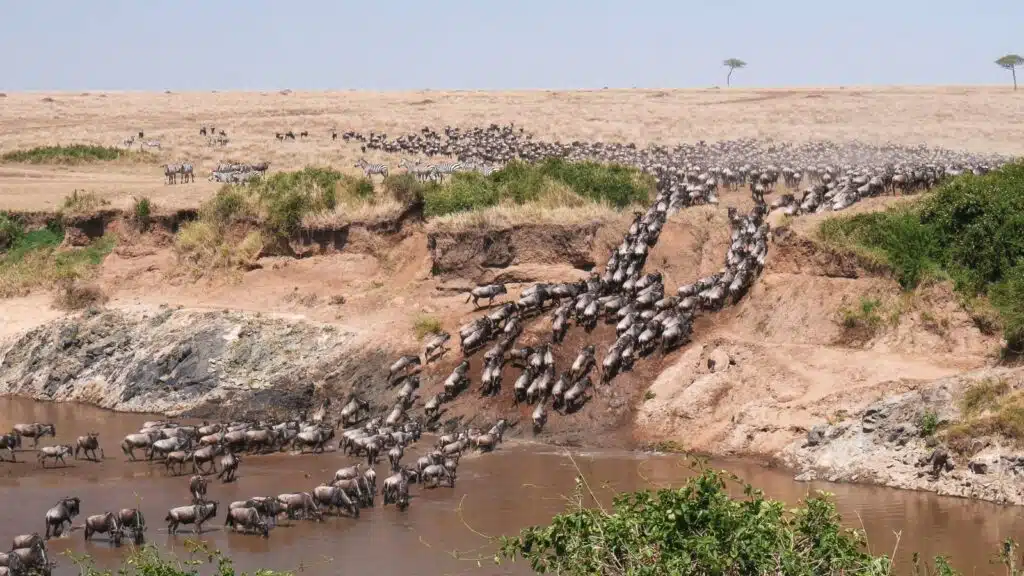
Famous for the Great Migration and exceptional big cat sightings.
Serengeti National Park, Tanzania
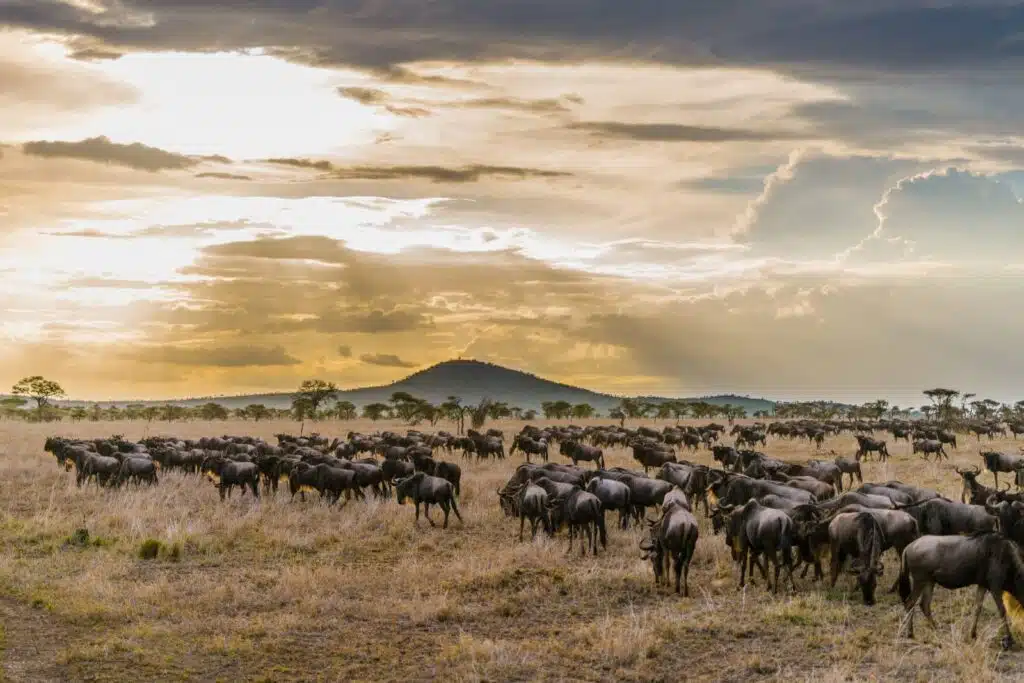
Offers vast landscapes and is home to a variety of wildlife, including the Big Five.
Okavango Delta, Botswana
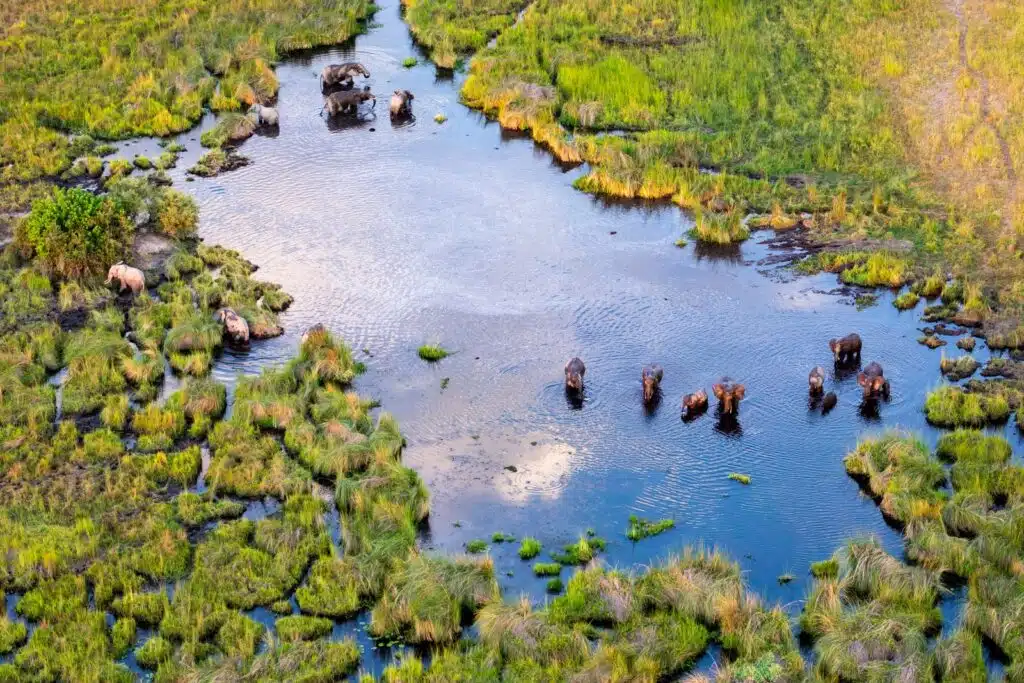
Known for its rich biodiversity and unique water-based safari experiences.
Kruger National Park, South Africa
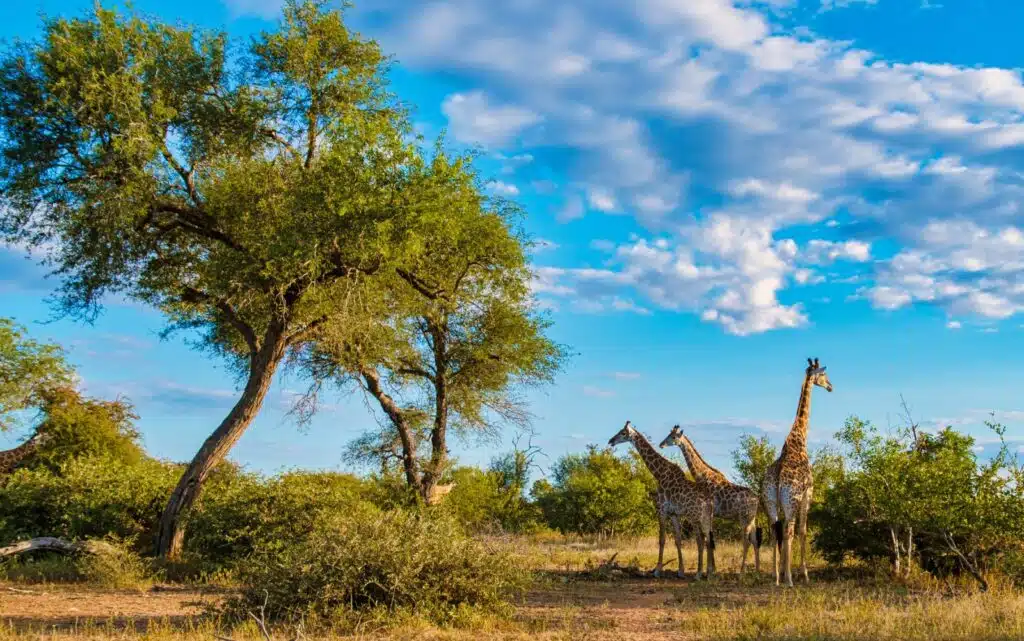
One of Africa’s largest game reserves, offering excellent wildlife photography opportunities.
Etosha National Park, Namibia
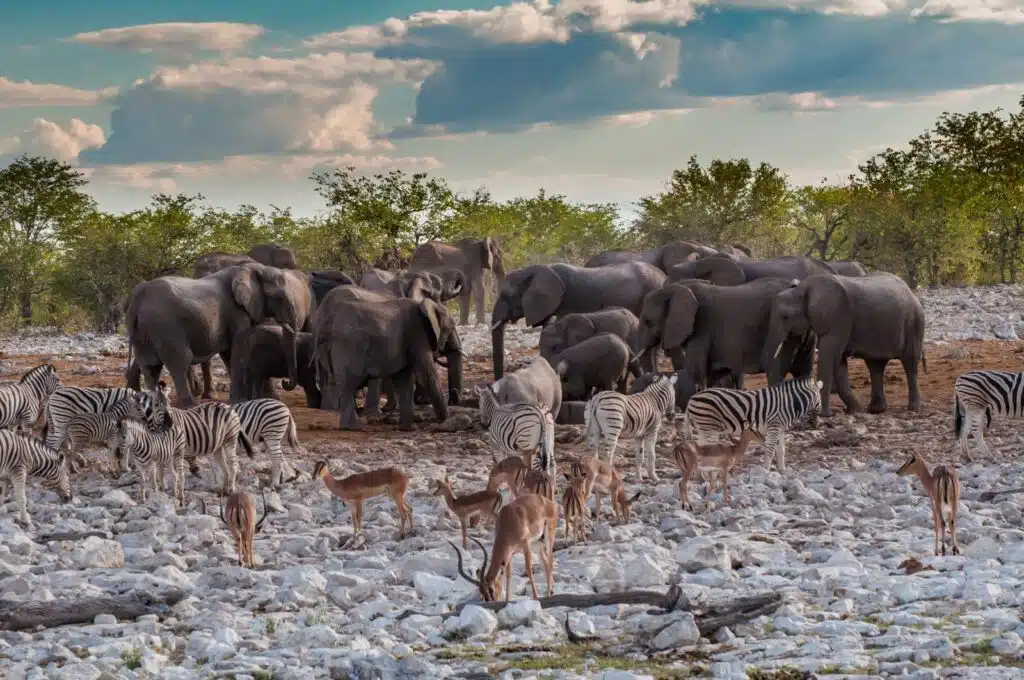
Renowned for its salt pan which attracts numerous wildlife species, especially during the dry season.
South Luangwa National Park, Zambia
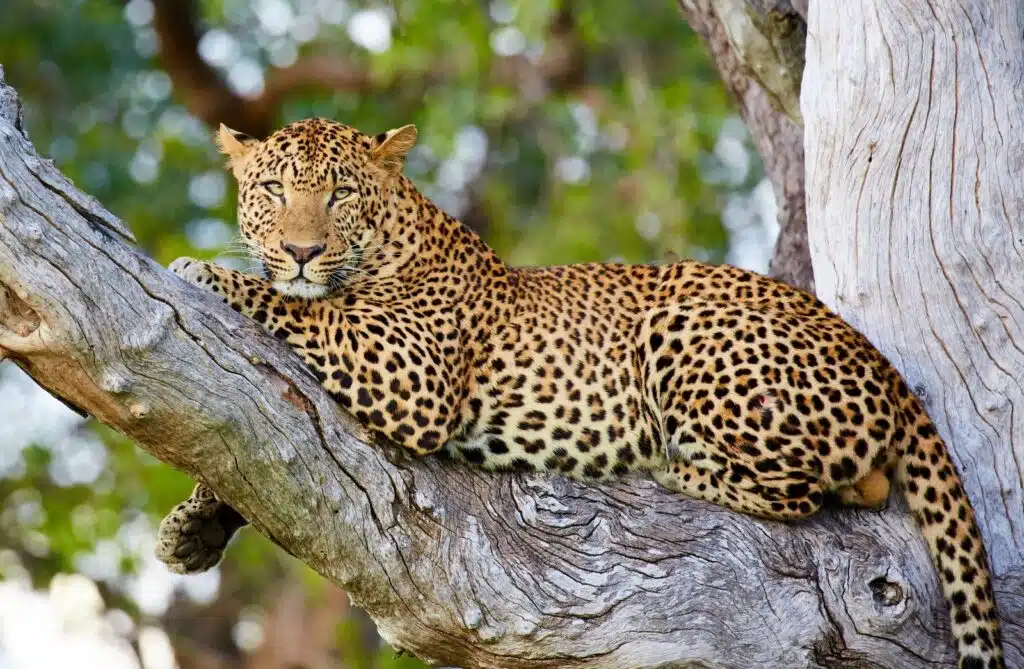
Offers exceptional opportunities for leopard photography.
Chobe National Park, Botswana
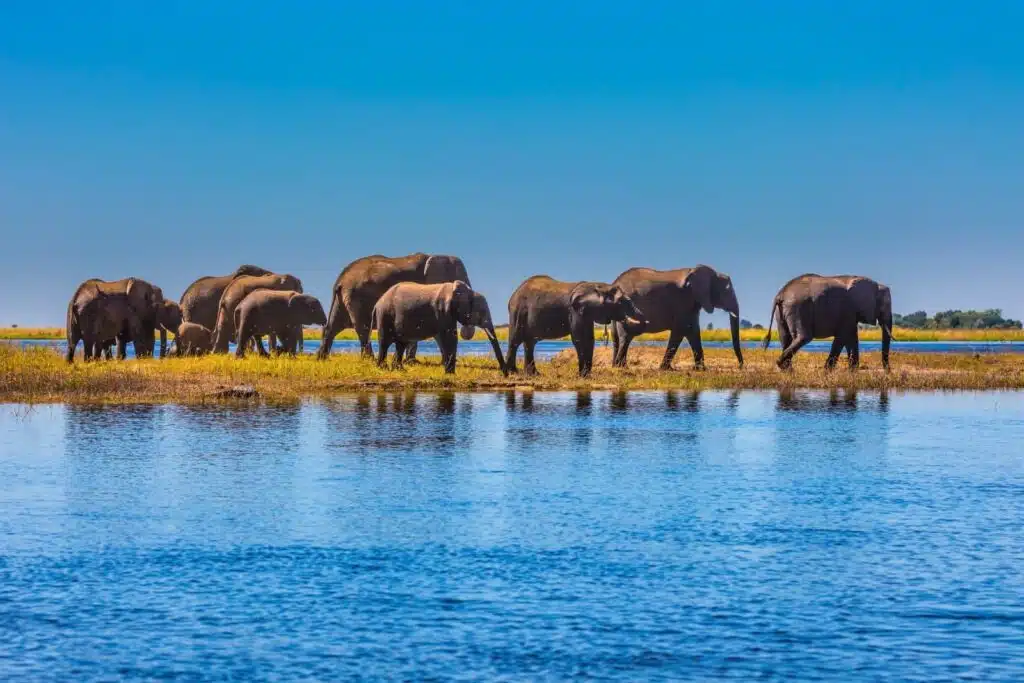
Known for its large elephant herds and river-based wildlife viewing.
Ngorongoro Crater, Tanzania
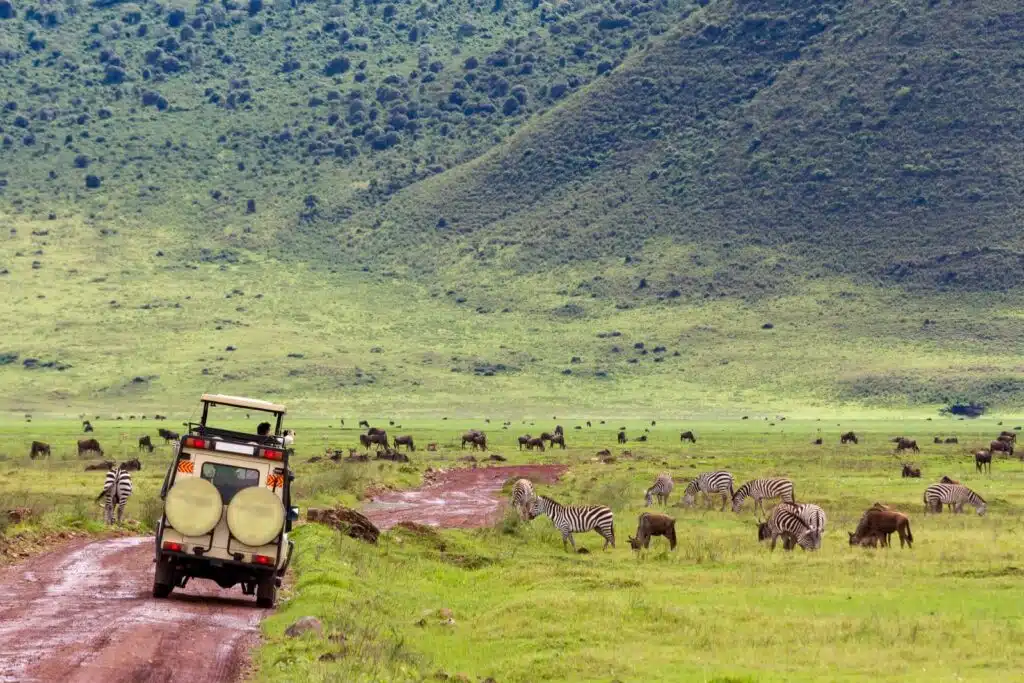
A UNESCO World Heritage site offering stunning landscapes and diverse wildlife.
Mana Pools National Park, Zimbabwe
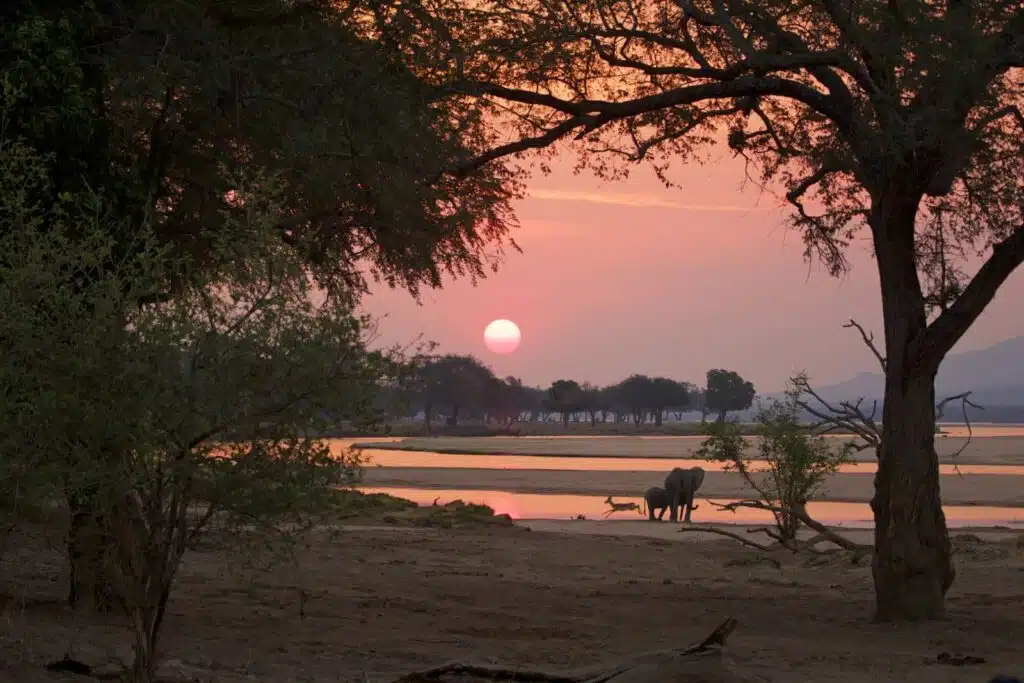
Offers unique walking safari experiences for up-close wildlife photography.
Kgalagadi Transfrontier Park, South Africa/Botswana
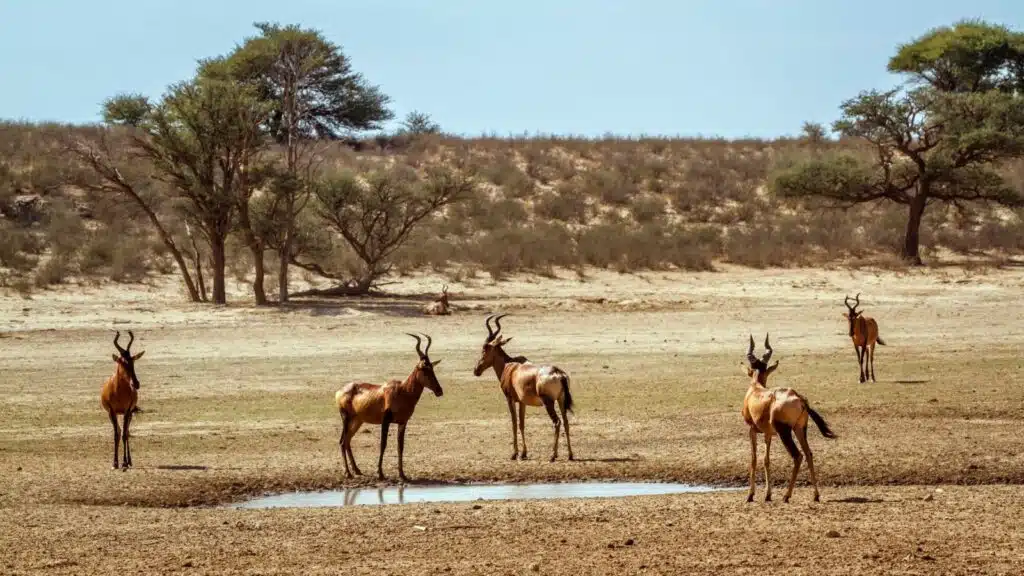
Renowned for its predator sightings and dramatic desert landscapes.
A safari and wildlife photography tour in Africa is a journey into the extraordinary. It’s an adventure that not only hones your photographic skills but also deepens your connection with nature. By following these best practices and visiting these top destinations, you’re set to embark on an unforgettable quest to capture the essence of Africa’s wild beauty. Prepare to be awed and inspired as you point your lens towards the magnificent tapestry of African wildlife and landscapes, creating memories and images that will last a lifetime.
The post Mastering Wildlife Photography first appeared on The Green Voyage.
Featured Image Credit: Shutterstock / encierro.
Tips for Trip Success
Book Your Flight
Find an inexpensive flight by using Kayak, a favorite of ours because it regularly returns less expensive flight options from a variety of airlines.
Book Your Hotel or Special Accommodation
We are big fans of Booking.com. We like their review system and photos. If we want to see more reviews and additional booking options, we go to Expedia.
You Need Travel Insurance!
Good travel insurance means having total peace of mind. Travel insurance protects you when your medical insurance often will not and better than what you get from your credit card. It will provide comprehensive coverage should you need medical treatment or return to the United States, compensation for trip interruption, baggage loss, and other situations.Find the Perfect Insurance Plan for Your Trip
